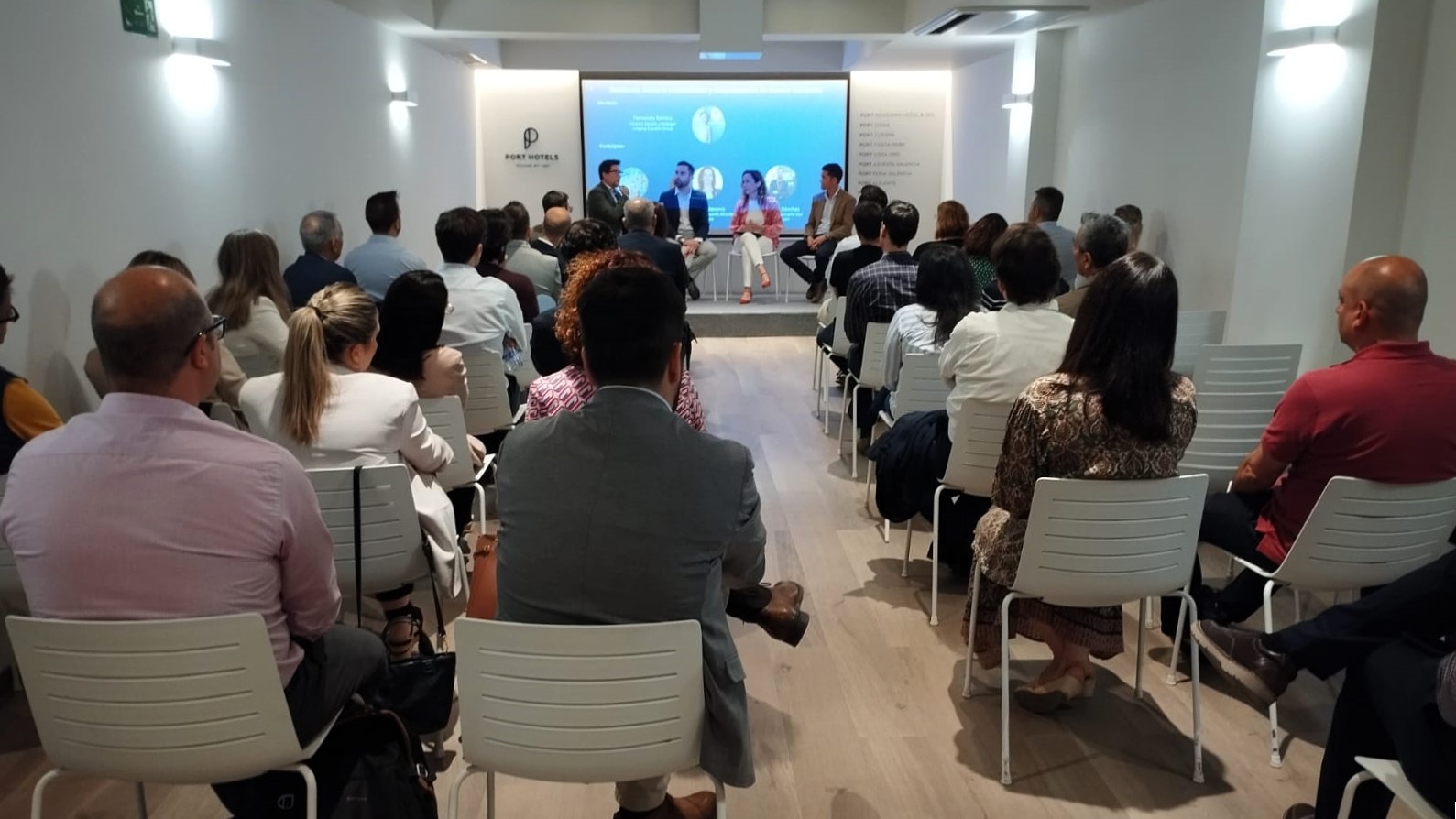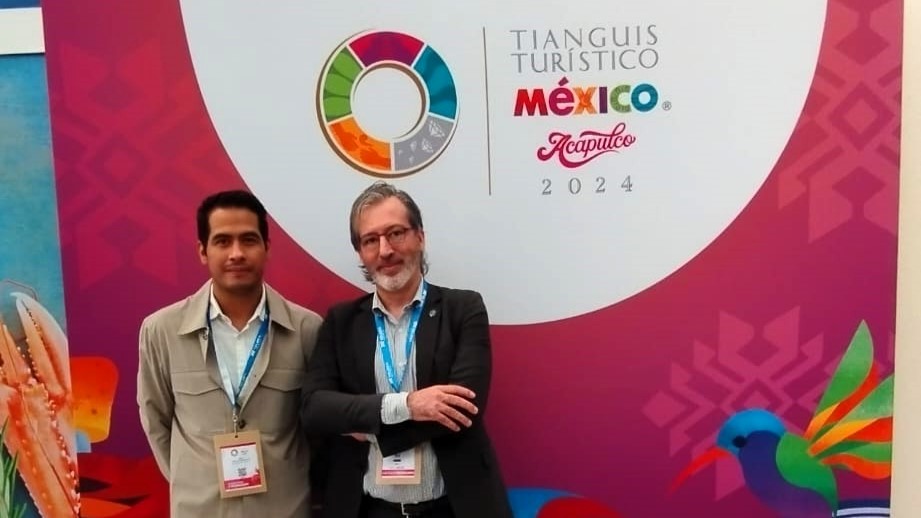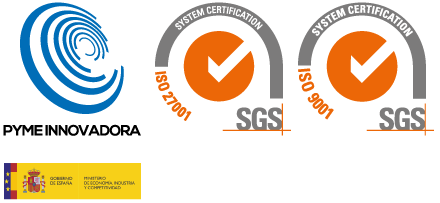That ICT is a basic pillar for the sustainable growth of all sectors of the economy, is a widely accepted precept.In this way the Green IT concept has emerged as a new discipline to address the concern about sustainability when ICTs are involved. It is synonymous with environmentally sound information technology, including aspects such as environmental sustainability, energy efficiency economics and the cost of recycling disposal, among others.
According to AMETIC FUNCOAS (2012), the ICT sector is not at all foreign to the growing global concern for sustainable economic development. The impact of ICTs on the global carbon footprint is estimated at 2.9% (IDC report, International Data Corporation) noting that: 60 percent of Data Center are running out of power, cooling, and space and will have to expand, while 70 percent of lead and mercury waste in landfills comes from e-waste.
What technologies are called to play a relevant role in sustainability goals?. First of all, Cloud-Computing stands out, which has already adopted 60% of Spanish companies in some of its service proposals. The characteristics of the cloud are known, self-service on demand, multiple ways to access the network, shared resources, elasticity or measured service, among others. As for the benefits of this technology compared to Green IT practices, we can mention:
- Optimal investment in infrastructure. any service company in the cloud can dispense with installing any type of hardware: is something simple and requires a significantly lower investment.
- Automatic Updates
- Efficient use of energy. It has been demonstrated that the use of energy in front of the traditional Data Centers is much more efficient, since it can adjust the consumption to the necessity of each moment.
Modern data centers are built with green technologies, reducing energy costs and lowering the costs of new services or business models. They also allow software solutions to be marketed as one more service.
The second, perhaps less obvious but important, is the set of technologies called generically Big Data and, along with IoT, has to help to collect and make analytical models that allow decision making by safeguarding compliance with the agreements on climate change, preserving the habitat of the cities and discovering spaces of opportunity.
New scenario of collaboration and participation
All this technology opens a scenario of collaboration between administrations, research centers and big companies of the world of the TIC, that in turn generate a great knowledge and allow the creation of open projects where the data can be shared and analyzed.
There are many examples of application, such as real-time decision making on the consumption of public lighting energy or the analysis of “routes” of tourists within a city, sent real-time information to them and the services of the municipalities that must ensure the fluidity of transport, the use of resources, water supply, energy, emission control etc…It will be necessary, therefore, to advance in the creation of intelligent networks that guarantee an active control of the transmission and distribution of the information, through advanced platforms of communication. From the European Digital Agenda they work to overcome the barrier that means not having a common measurement framework.
According to the WTO, the projected evolution of the tourism sector will lead to a greenhouse gas increase of 130% by 2035. Climate change will have a significant direct effect on the sector, modifying the characteristics of the stations and thus influencing the decision-making of the tourist on now popular destinations.
The ICT sector must lead the search and creation of solutions applicable to all socio economic sectors, whose massive use can mean a real environmental revolution in productive activity.

Jaume Monserrat
Dingus CEO





